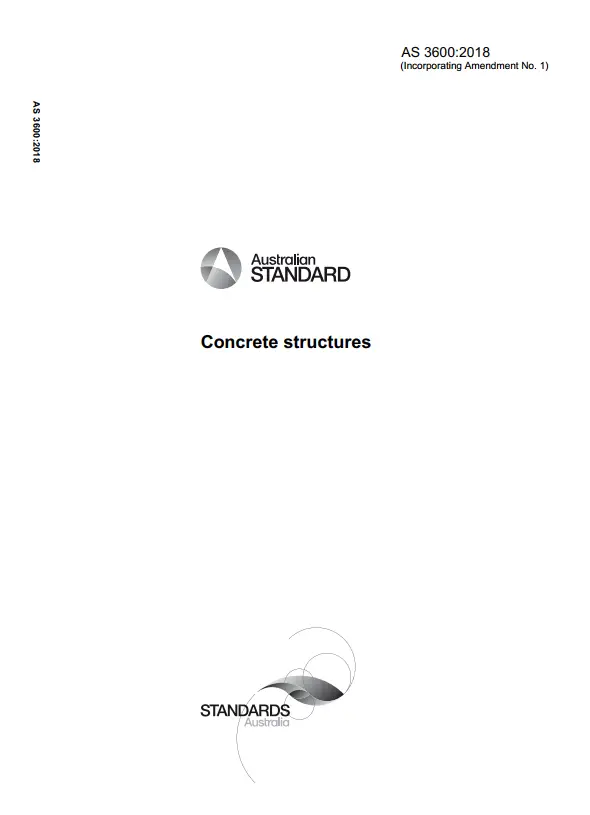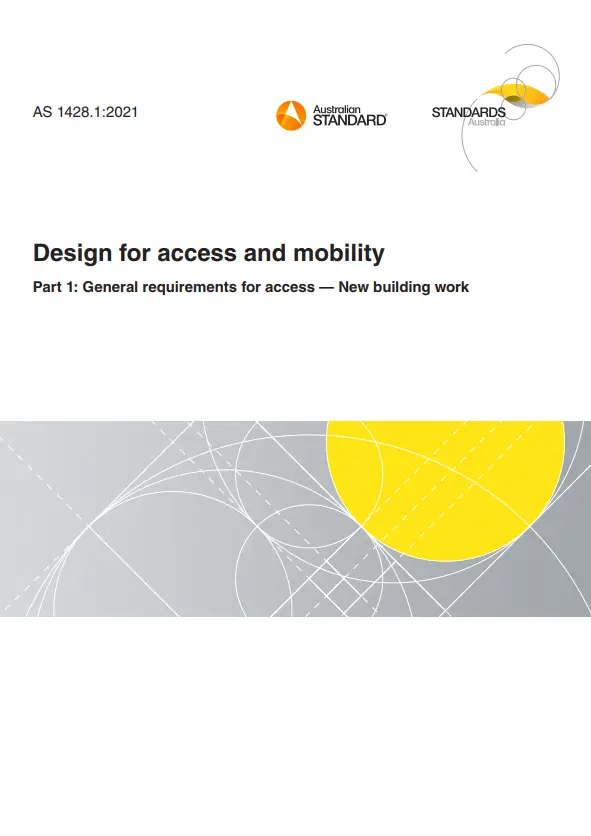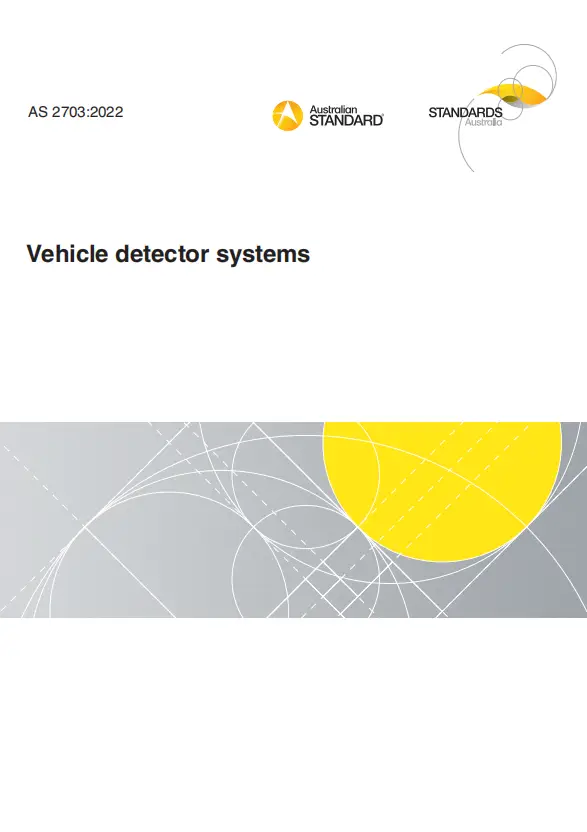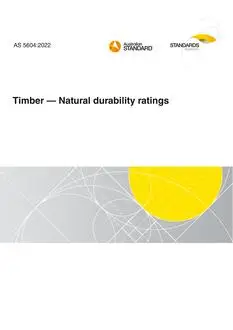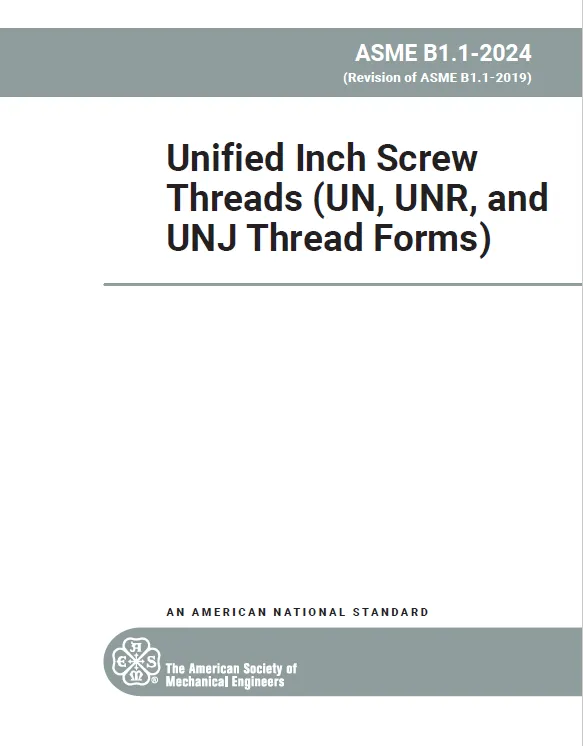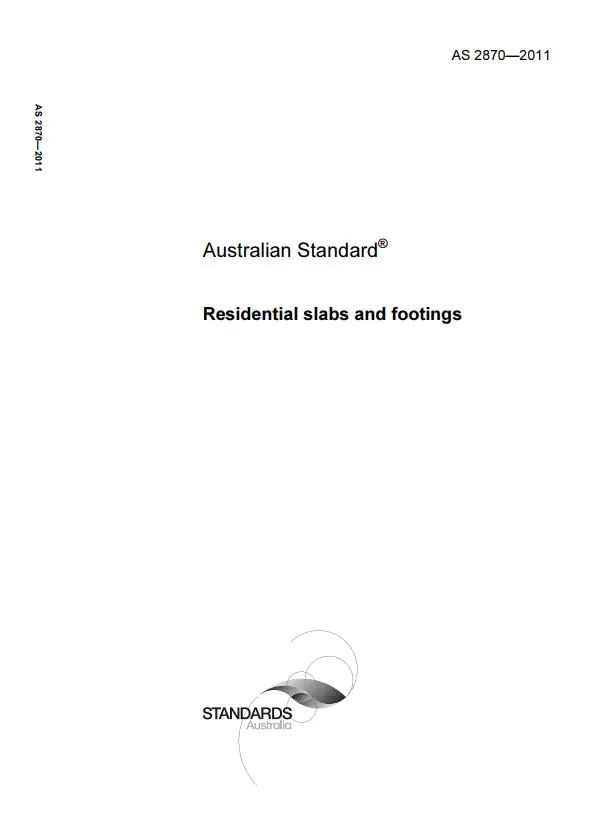Table of cotents
Preface
1 Scope and general
1.1 Scope and application
1.1.1 Scope
1.1.2 Application
1.2 Normative references
1.3 Terms and definitions
1.4 Limitations
1.4.1 General
1.4.2 Wind classification
1.4.3 Plan
1.4.4 Number of storeys of timber framing
1.4.5 Width
1.4.6 Wall height
1.4.7 Roof pitch
1.4.8 Spacing of bracing
1.4.9 Roof types
1.4.10 Building masses
1.5 Design criteria
1.6 Forces on buildings
1.7 Load paths — Offsets and cantilevers
1.8 Durability
1.9 Dimensions
1.10 Bearing
1.11 Stress grades
1.12 Engineered timber products and engineered wood products (EWPs)
1.13 Size tolerances
1.14 Alternative timber dimensions
1.15 Steel grade and corrosion protection
1.16 Requirements for design using this Standard
1.17 Interpolation
1.18 Alternative methods and materials
2 Framing members
2.1 General
2.2 Terminology of framing members
2.3 Vertical lamination
2.3.1 Vertical nail lamination
2.3.2 Lamination of spaced ring beams
2.4 Stud lamination
2.5 Horizontal nail lamination — Wall plates only
2.6 Load width and area supported
2.6.1 General
2.6.2 Floor load width (FLW)
2.6.3 Ceiling load width (CLW)
2.6.4 Roof load width (RLW)
2.6.5 Area supported
3 Substructure
3.1 General
3.2 Site preparation and drainage
3.2.1 General
3.2.2 Site clearing
3.2.3 Site drainage
3.3 Ground clearance and subfloor ventilation
3.4 Durability
3.4.1 Termite management
3.4.2 Species selection
3.5 Substructure bracing
3.6 Subfloor supports
3.6.1 General
3.6.2 Soil classification
3.6.3 Procedure
3.6.4 Determination of vertical gravity loads
3.6.4.1 General
3.6.4.2 Permanent (dead) loads (G)
3.6.4.3 Live loads (Q)
3.6.5 Determination of total vertical gravity load combination for footings
3.6.6 Footing size or bearing area
3.7 Footings and supports for wind classifications N1 and N2
3.7.1 General
3.7.2 Simplified footing classification
3.7.3 Stumps and posts
3.7.4 Footing type support limitations (load widths × bearer spans)
4 Floor framing
4.1 General
4.1.1 Application
4.1.2 Materials
4.1.3 Framing configurations
4.1.4 Weatherproofing
4.1.5 Shrinkage
4.1.6 Cuts, holes and notches in bearers and joists
4.2 Building practice
4.2.1 Bearers
4.2.1.1 General
4.2.1.2 Fixing of bearers to supports
4.2.1.3 Built-up bearers
4.2.1.4 Double bearers (spaced bearers)
4.2.2 Joists
4.2.2.1 General
4.2.2.2 Location of joists
4.2.2.3 Deep joists
4.2.2.4 Fixing of joists to bearers or lower wall plates
4.3 Member sizes
4.3.1 Bearers
4.3.1.1 Bearers supporting loadbearing walls
4.3.1.2 Bearers supporting floor loads only
4.3.1.3 Bearers in lower storey supporting upper storey floor loads
4.3.1.4 Bearers supporting gable or skillion end walls
4.3.1.5 Single or upper storey bearers supporting loadbearing walls at right angles to their span
4.3.1.6 Bearers supporting roof point loads
4.3.1.7 Bearers supporting decks more than 1.0 m off the ground
4.3.2 Floor joists
4.3.2.1 General
4.3.2.2 Floor joists supporting non-loadbearing gable or skillion end walls
4.3.2.3 Floor joists supporting loadbearing walls at right angles to joists
4.3.2.4 Single or upper storey floor joists supporting roof point loads and loadbearing walls parallel to joists
4.3.2.5 Openings in floors
4.3.2.6 Joists supporting decks more than 1.0 m off the ground
5 Flooring and decking
5.1 General
5.2 Platform floors
5.3 Fitted strip floors (cut-in floors) direct to joists
5.4 Expansion joints in strip floors direct to joists
5.5 Laying and fixing strip and sheet flooring direct to joists
5.5.1 Structural strip flooring — Laying
5.5.2 Structural strip flooring — Cramping and fixing
5.5.2.1 General
5.5.2.2 Fixing
5.5.3 Structural plywood flooring — Laying and fixing
5.5.3.1 General
5.5.3.2 Laying
5.5.3.3 Fixing
5.5.4 Structural particleboard flooring — Laying and fixing
5.5.4.1 General
5.5.4.2 Laying
5.5.4.3 Fixing
5.6 Wet area floors
5.7 Joist spacing — Flooring
5.8 Decking
6 Wall framing
6.1 General
6.1.1 Application
6.1.2 Wall frame members
6.1.3 Bracing
6.2 Building practice
6.2.1 Studs
6.2.1.1 Straightening of studs (crippling)
6.2.1.2 Common studs
6.2.1.3 Wall junctions
6.2.1.4 Notching, trenching and holes in studs and plates
6.2.1.5 Noggings
6.2.2 Plates
6.2.2.1 General
6.2.2.2 Bottom plates
6.2.2.3 Stiffening of top plates
6.2.2.4 Joints in top plates and ring beams
6.2.3 Openings
6.2.4 Framing around chimneys and flues
6.2.5 Lateral support for non-loadbearing walls
6.2.5.1 External walls
6.2.5.2 Internal walls — Trussed roofs
6.3 Member sizes
6.3.1 General
6.3.2 Wall studs
6.3.2.1 Common studs
6.3.2.2 Studs supporting concentrated loads
6.3.2.3 Jamb studs (studs at sides of openings)
6.3.2.4 Internal loadbearing wall studs
6.3.2.5 Gable or skillion end and non-loadbearing external wall studs
6.3.2.6 Mullions
6.3.2.7 Concentrated loads on non-loadbearing internal walls
6.3.3 Bottom plates
6.3.4 Top plates
6.3.5 Studs, plates and noggings in non-loadbearing internal walls
6.3.6 Lintels and ring beams
6.3.6.1 General
6.3.6.2 Lintels and ring beams in loadbearing walls
6.3.6.3 Lintels or ring beams in gable end walls not required to transfer tie-down
6.3.6.4 Lintels or ring beams supporting concentrated roof loads
6.3.6.5 Lintels in non-loadbearing walls
6.3.6.6 Windowsill, lintel and ring beam trimmers
6.3.7 Verandah beams (plates)
6.3.8 Posts supporting roof and/or floor loads
7 Roof framing
7.1 General
7.1.1 Application
7.1.2 Types of roofs and limitations
7.1.2.1 General
7.1.2.2 Coupled roof
7.1.2.3 Non-coupled roof
7.1.2.4 Trussed roof
7.2 Building practice
7.2.1 Ceilings
7.2.2 Construction loads on ceiling framing
7.2.3 Ceiling battens
7.2.4 Ceiling joists
7.2.4.1 General
7.2.4.2 Splices and joints in coupled roof
7.2.4.3 Connection to hanging beams
7.2.4.4 Trimming around openings
7.2.4.5 Platforms in roof spaces
7.2.5 Hanging beams
7.2.5.1 General
7.2.5.2 End support of hanging beams
7.2.6 Counter beams
7.2.6.1 General
7.2.6.2 Intersection of hanging and counter beams
7.2.7 Combined strutting/hanging beams
7.2.8 Combined strutting/counter beams
7.2.9 Strutting beams
7.2.10 Underpurlins
7.2.10.1 General
7.2.10.2 Joints in underpurlins
7.2.10.3 Cantilevered underpurlins
7.2.10.4 Support of underpurlins
7.2.11 Rafters
7.2.11.1 General
7.2.11.2 Birdsmouthing
7.2.12 Ridgeboards
7.2.12.1 General
7.2.12.2 Joints in ridgeboards
7.2.13 Hip and valley rafters
7.2.14 Scotch valleys
7.2.15 Roof strutting
7.2.15.1 Roof struts
7.2.15.2 Tied and braced strut system
7.2.15.3 Fan struts
7.2.15.4 Opposing struts
7.2.16 Collar ties
7.2.17 Hip ends
7.2.18 Alternative support systems
7.2.19 Non-coupled roofs
7.2.19.1 General
7.2.19.2 Ridge and intermediate beams
7.2.20 Roof battens
7.2.21 Trussed roofs
7.2.21.1 General
7.2.21.2 Structural fascias
7.2.21.3 Truss layout
7.2.21.4 Support of trusses
7.2.22 Bracing for raftered and trussed roofs
7.2.23 Fixing of ceiling framing to internal bracing walls
7.2.24 Eaves construction
7.2.24.1 General
7.2.24.2 Boxed eaves
7.2.25 Gable or verge construction
7.2.25.1 General
7.2.25.2 Open gables
7.2.25.3 Boxed gables
7.2.26 Lateral restraint of hanging, strutting, strutting/hanging beams, and similar members
7.2.27 Framing around chimneys and flues
7.3 Member sizes
7.3.1 General
7.3.2 Ceiling battens
7.3.3 Ceiling lining and non-trafficable roof decking
7.3.3.1 General
7.3.3.2 Tongued and grooved non-trafficable roof decking
7.3.3.3 Structural plywood for non-trafficable roof decking
7.3.4 Loads on ceilings
7.3.5 Binders
7.3.6 Ceiling joists
7.3.7 Hanging beams
7.3.8 Counter beams
7.3.9 Combined strutting/hanging beams
7.3.10 Combined counter/strutting beams
7.3.11 Strutting beams
7.3.12 Underpurlins
7.3.13 Rafters and purlins
7.3.13.1 General
7.3.13.2 Rafter overhangs
7.3.13.3 Birdsmouthed and non-birdsmouthed rafters
7.3.13.4 Dressed rafters
7.3.14 Ridge or intermediate beams — Cathedral, skillion or similar roofs
7.3.15 Roof battens
7.3.16 Cantilevered gable ends
7.3.17 Other members or components
8 Racking and shear forces (bracing)
8.1 General
8.2 Temporary bracing
8.3 Wall and subfloor bracing
8.3.1 General
8.3.2 Wind pressure on the building
8.3.3 Area of elevation
8.3.4 Racking force
8.3.5 Subfloor bracing
8.3.5.1 General
8.3.5.2 Braced and cantilevered timber or concrete stumps
8.3.5.3 Soil classification reduction factor
8.3.5.4 Braced timber stumps
8.3.5.5 Timber braces on concrete, masonry or timber columns
8.3.5.6 Cantilevered stumps in concrete or soil backfill
8.3.5.7 Bracing columns
8.3.5.8 Unreinforced masonry bracing
8.3.5.9 Spacing of bracing in lower storey of two storey construction or the subfloor of single or two storey construction
8.3.6 Wall bracing
8.3.6.1 General
8.3.6.2 Nominal wall bracing
8.3.6.3 Structural wall bracing
8.3.6.4 Wall capacity and height modification
8.3.6.5 Length and capacity for plywood bracing walls
8.3.6.6 Location and distribution of bracing
8.3.6.7 Spacing of bracing walls in single storey or upper storey of two storey construction
8.3.6.8 External bracing walls under the ends of eaves
8.3.6.9 Fixing of top of bracing walls
8.3.6.10 Fixing of bottom of bracing walls
8.3.7 Roof bracing
8.3.7.1 Pitched roofs (coupled and non-coupled roofs)
8.3.7.2 Gable roofs (including cathedral roofs) for wind classifications up to N2
8.3.7.3 Trussed roofs
9 Fixings and tie-down design
9.1 General
9.2 General connection requirements
9.2.1 General
9.2.2 Straps, bolts, screws, coach screws and framing anchors
9.2.3 Steel washers
9.2.4 Drilling for bolts
9.2.5 Drilling for coach screws
9.2.6 Screw and coach screw penetration
9.2.7 Framing anchor and strap nails
9.2.8 Joining of top plates and ring beam
9.2.9 Tie-down of members joined over supports
9.3 Procedure flow chart
9.4 Nominal and specific fixing requirements
9.5 Nominal fixings (minimum fixings)
9.6 Specific tie-down fixings
9.6.1 General
9.6.2 Uplift load width (ULW)
9.6.3 Application
9.6.4 Wind uplift forces
9.6.5 Joint group
9.7 Shear forces
9.7.1 General
9.7.2 Bottom plate to concrete slab
9.7.3 Floor joists to bearers/walls
9.7.4 Bearers to supports
9.7.5 Shear forces on joists and bearers
9.7.6 Shear forces on external non-loadbearing walls
Appendix A
A.1 Mass of roof and ceiling components
A.2 Examples — Determination of roof mass
Appendix B
B.1 Durability
B.2 Natural durability
B.3 Hazard level
B.4 Preservative treatment
B.5 Weathering
B.6 Service life
B.7 Specific durability design
Appendix C
C.1 Interpolation
C.2 Example — Span and overhang
Appendix D
D.1 General
D.2 Foundation bearing area
D.3 Even distribution of bracing
D.4 Shear force
D.4.1 Example 1 — Floor joists
D.4.2 Example 2 — Bearers to stumps
Appendix E
E.1 Moisture content
E.2 Dimensional stability
E.3 Allowance for shrinkage
Appendix F
Appendix G
G.1 General
G.2 Notes to the Table
G.2.1 Column 1 — Standard trade name
G.2.2 Column 2 — Botanical name
G.2.3 Column 3 — Strength group
G.2.4 Column 4 — Joint group
G.2.5 Column 5 — Density
G.2.6 Column 6 — Hardness
G.2.7 Column 7 — Toughness
G.2.8 Column 8 — Tangential shrinkage
G.2.9 Column 9 — Unit tangential movement (%)
G.2.10 Column 10 — Natural durability class of heartwood
G.2.11 Column 11 — Lyctid susceptibility of sapwood
G.2.12 Column 12 — Termite-resistance of heartwood
G.2.13 Column 13 — Early fire hazard indices
G.2.14 Column 14 — Colour
Appendix H
Appendix I
Appendix J
J.1 General
J.2 Vertical nail lamination
J.3 Floor framing
J.3.1 Cuts, holes and notches in bearers and joists
J.3.2 Bearers
J.3.3 Joists
J.3.3.1 Solid section
J.3.3.2 I-joists
J.3.4 Notching and cutting over bearing points
J.3.5 Bearing points for concentrated loads
J.3.6 Deep joists — Lateral restraint
J.3.6.1 Blocking and rim boards
J.3.6.2 Nailplate connectors
J.3.6.3 Intermediate blockings
J.4 Roof framing
J.4.1 Roof bracing
J.4.2 Rafters
J.4.3 Ceiling joists
J.5 Bracing details and shear forces for internal walls
J.6 Fixings and tie-down design
Bibliography


